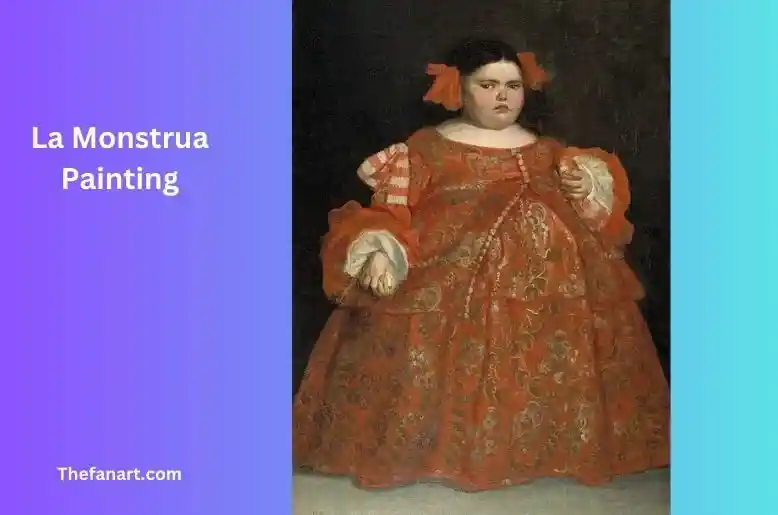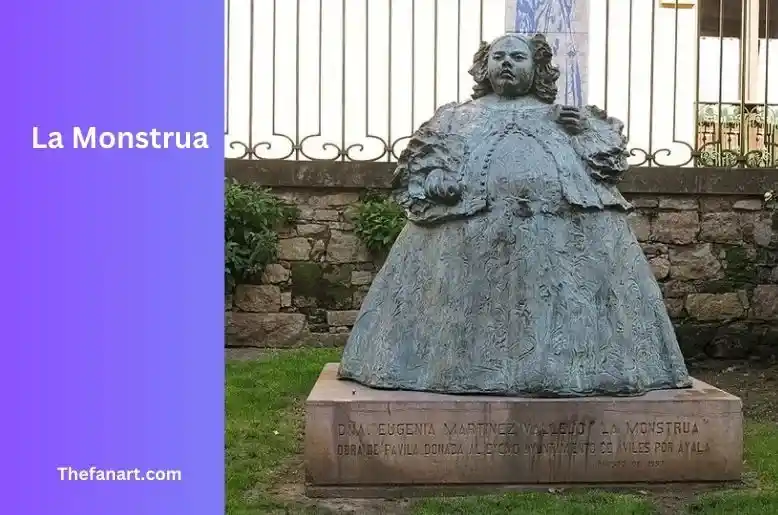The name “La Monstrua” may sound like it is derived from some mythological beast. The truth of the story behind the nickname is quite more interesting. It belongs to Eugenia Martínez Vallejo, a real-life figure from 17th-century Spain.
From Jester to Creative Muse Eugenia lived much of a mysterious life. It is documented that she was the court jester of King Charles II of Spain. Probably Prader-Willi Syndrome-derived excessive body size is the main reason for her employment. Jester might be confused to functions in a humorous capacity. Jesters had both access to secrets and exercised diplomatic and mediation functions.
Eugenia’s life was more than the confinement of her nickname. The famous Spanish painter Juan Carreño de Miranda immortalized her image in two portraits. These images were not seen all over the world but earned her a place in Spanish art.
La Monstrua at Avilés La Monstrua lives to this day as a feature of the town of Avilés in modern Spain. A bronze sculpture, La Monstrua Vestida, towers high above, amused and adorned in the Sabugo, for that is the name of the town’s neighborhood. It is a sculpture by Amado González Hevia, representing a child but in a facetious way compared with the originals.
Small playful details in the statue include a small rat sitting at the feet of the fat girl. The charming little touch of the sculptor because he had a real-life rodent companion for his work. This whimsical detail is an underpinning of the human aspect that La Monstrua. She is a woman with a lot of will whose spirit could evoke artistic expression.
Life Story
Remembering Eugenia The life story of Eugenia Martínez Vallejo says that we must look beyond the labels. La Monstrua came as a nickname with intent to demean and is a reminder standing as her symbol in history. The enduring statute in Aviles is a testament to her life and a reminder that true worth lies beyond appearances. Explore the World of Anime with Animefire Net.
Causes and Risk Factors
Human Factors In fable and fiction, the crux of fraught biological anomalies makes La Monstrua monstrous. Such things may be mutations in their genes, a supernatural curse, or even a disease that changes the form and behaviors of the being.
Characteristic Human
Factors that could also be contributing to monstrous figures is isolation or contact with substances. Many historical and fictional stories use these elements to explain the origin.
Societal and Cultural Drivers
Societal and cultural dynamics like marginalization, persecution, and the fear of unknown go a good way. It is in determining of the subject. These two aspects convey the role of the monstrous as the projection of societal angst and prejudice.

Treatment Options Literary
In narratives of literature and art, La Monstrua will often be “cured” in some way. Through defeat, transformation, or at best understanding. It has resolutions provide gesture toward this human need to control with monstrosity.
Psychological Interventions
The process of working through the deep-seated fears and anxieties revolving around La Monstrua. She tackles themes such as identity, otherness, and morality. Such societal interventions promoted inclusivity. Understanding to mitigate the stigmatization of the ‘other’.



